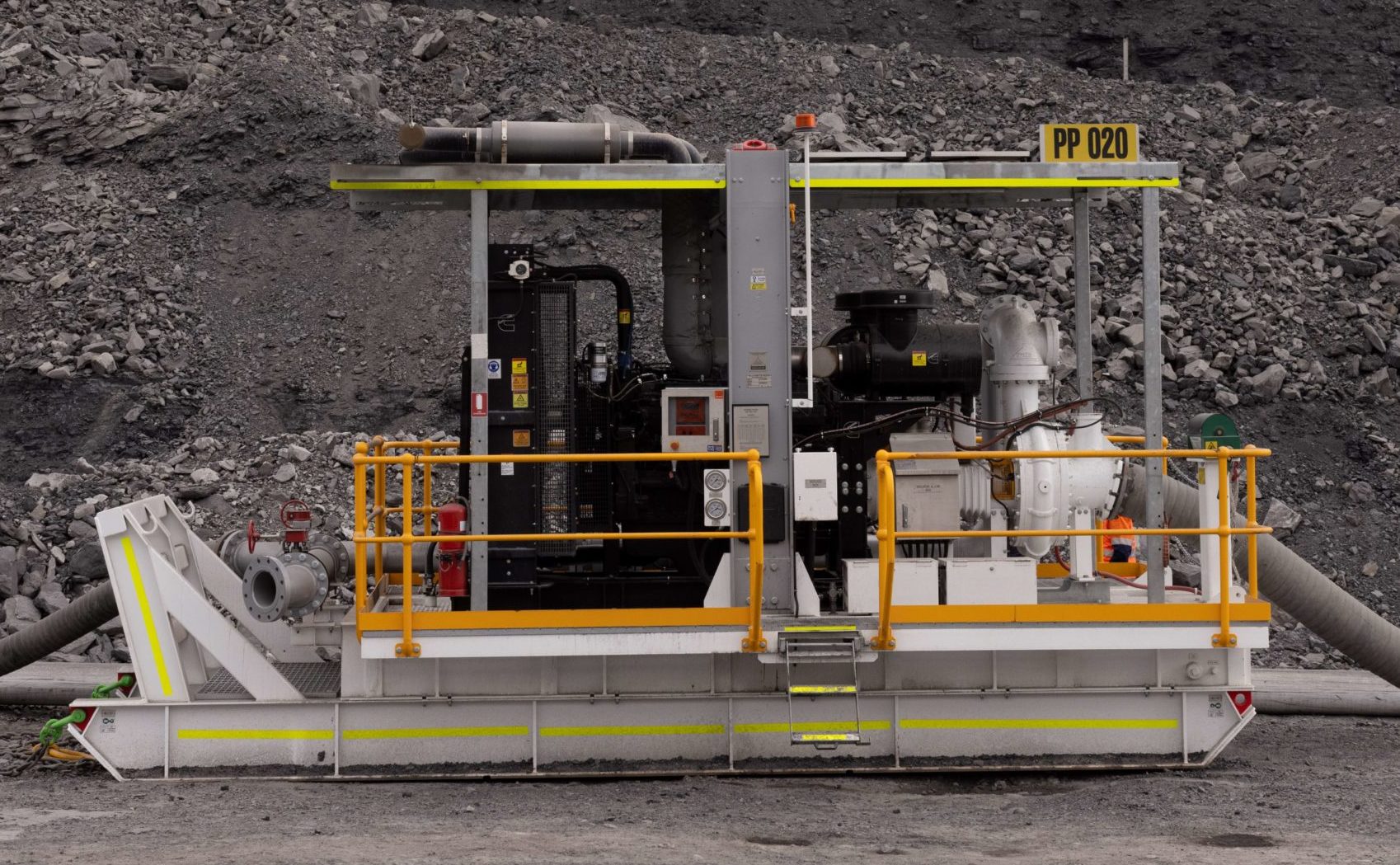Transitioning to electric vehicles can save a lot of emissions compared to ICE, but it’s just one of many things that need to change to achieve badly-needed environmental goals. The emissions associated with building and maintaining EVs also need to be reduced.
Stellantis seems to get it, because the company recently opened the new “SUSTAINera Circular Economy Hub” ( or “CE Hub”) at the Mirafiori Complex in Turin, Italy. This is a big step in the company’s plan to work toward a circular economy, enabling a “holistic 360-degree approach” via the company’s “4R” strategy, which stands for Reman, Repair, Reuse, and Recycle.
The CE Hub has two primary objectives: to max out the lifespan of both parts and vehicles, and to ensure that they actually get recycled at end-of-life. How does the company plan on doing this? By collecting materials from remanufacturing operations and getting ahold of the vehicles when they do become too worn out to repair or remanufacture. These materials are then reintroduced into the manufacturing loop to create new vehicles and parts, completing the cycle.
“The Circular Economy Hub brings together a powerhouse of skills and activities aimed at creating a high-performing center of excellence in Europe,” said Stellantis CEO Carlos Tavares. “We are industrializing the recovery and sustainable reuse of materials, building new technologies and advanced capabilities as we grow in this area. We know that our commitment to remanufacturing, repairing, reusing and recycling will not only take pressure off our planet, but it will also bring financial value to Stellantis, safeguarding our shared future as we quickly transform our production and consumption business model.”
Stellantis did provide some more details on what exactly the facility will do.
It all starts with remanufacturing (Reman). Used, worn, or defective components, such as engines, gearboxes and EV batteries will be disassembled, cleaned, and rebuilt to original OEM specs, and without compromising the required parts quality. Stellantis expects the facility to take care of this for over 50,000 parts by 2025 and 150,000 by 2030.
To do this, the facility needs a sorting center, too. According to the company, about 2.5 million worn parts (aka “cores”) will need to be sorted for recycling, reuse, or remanufacturing by 2025, and then it’ll ramp up to 8 million units by 2030. That’s a lot of parts to sort through!
The company isn’t only planning to do this with parts. Vehicles will also be repaired and refurbished using new, remanufactured, or used parts and then put back into the global fleet through SPOTiCAR, the company’s certified used vehicle division. This will keep the cars on the road longer, which means their emissions per mile will be lower than a string of new cars.
But, not all cars can be restored. When they get to that point, electric vehicles can still be quite valuable in terms of raw materials and in terms of parts that are still good. So, the vehicle’s will need to be dismantled and the parts will need to be run through the above programs to get the most good out of what’s left.
“This additional investment of our company here in Turin demonstrates the commitment of Stellantis to Italy in the context of the evolution of our industry, and also the ability of our communities to renew themselves by building their future,” said Stellantis Chairman John Elkann. “When all stakeholders and Stellantis share the same ambition and agree on a common path, ideas become reality, and the Circular Economy Hub we inaugurate today is proof of this. It will be a blueprint plant in the automotive sector that combines environmental respect with economic development.”
Featured image provided by Stellantis.




